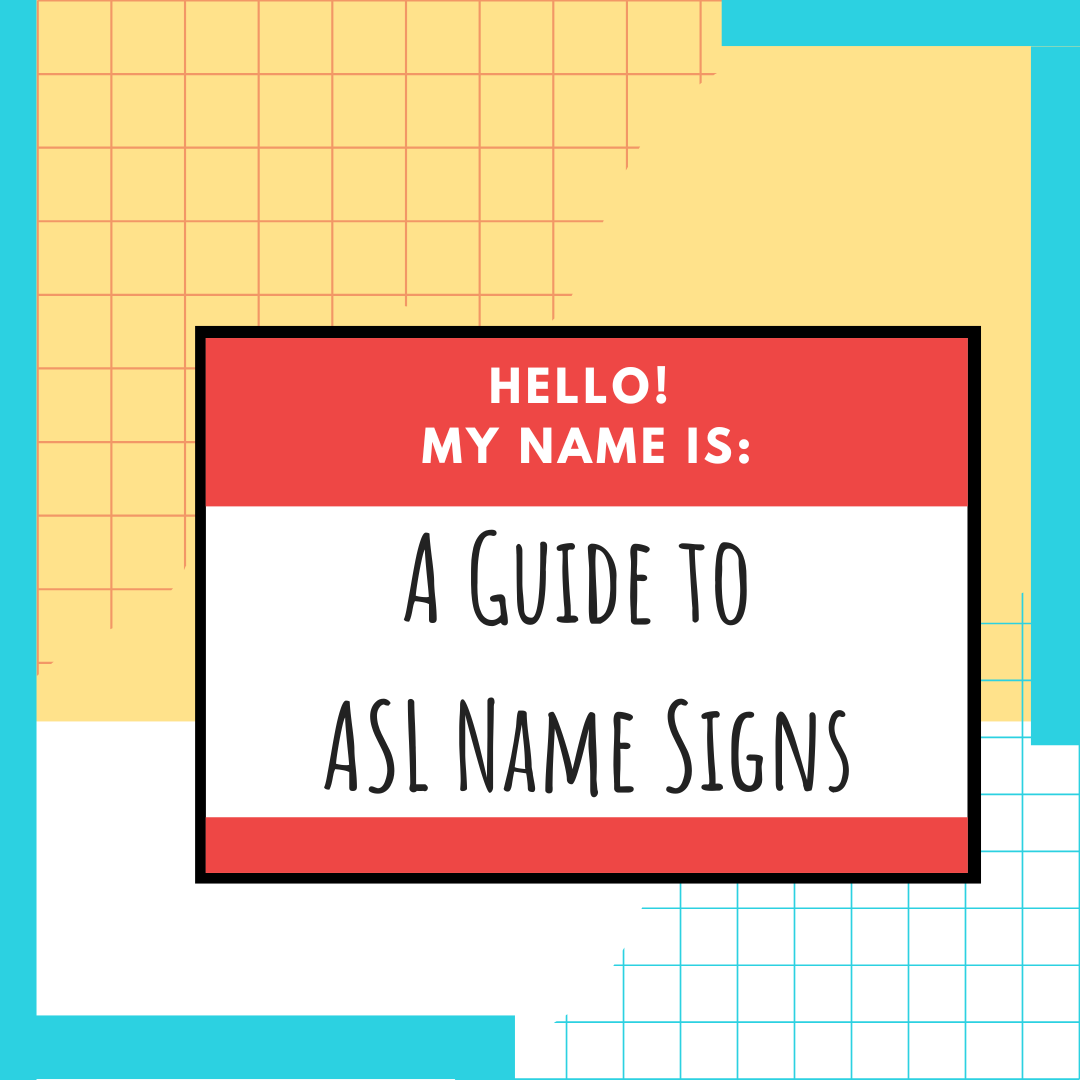
History of American Sign Language
- by Michelle Jay
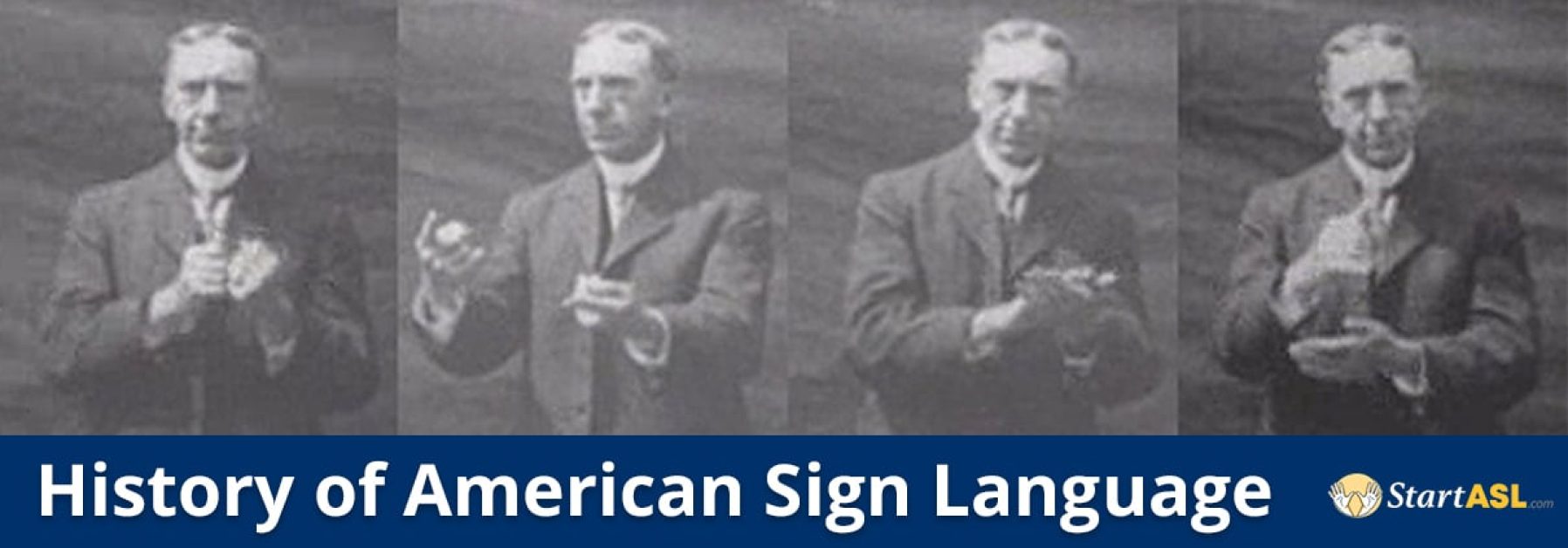
The history of American Sign Language is unique compared to the history of sign language in general. It didn’t truly begin until 1814 when deaf education was introduced to the United States. There is virtually no information about American Sign Language history before this time.
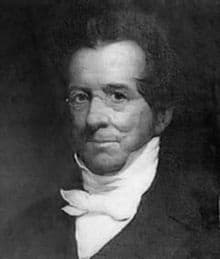
Early in the 1800s, there were only a few thousand deaf Americans. No standard signed language existed at this time, but various signing systems were created in the deaf communities. These sign systems are now known as Old American Sign Language. The American Sign Language of today is actually related to this language.
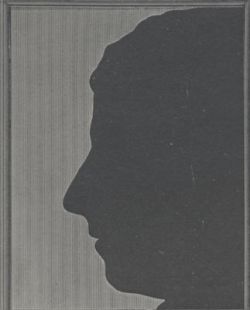
The history of American Sign Language really started in 1814 with Dr. Thomas Hopkins Gallaudet. Gallaudet was a minister from Hartford, Connecticut. His neighbor, Mason Fitch Cogswell, had a deaf daughter who was nine years old named Alice Cogswell. Dr. Gallaudet realized Alice was very smart despite the fact that she couldn’t speak or hear, and wanted to teach Alice how to communicate. Gallaudet had a little success teaching Alice reading and spelling, but he didn’t know anything about the most effective ways of educating the deaf. So, Gallaudet gained community support and enough money in order to go to Europe. Since there was a history of deaf education in Europe, Gallaudet knew he could learn the best educational methods there.
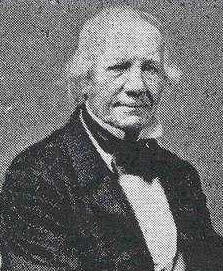
In Europe, Gallaudet met Abbe Sicard, Jean Massieu, and Laurent Clerc. Abbe Sicard was Abbe de l’Epee’s successor at the National Institute for Deaf-Mutes. Laurent Clerc and Jean Massieu were once Sicard’s students and became accomplished deaf educators. Gallaudet studied the teaching methods of these instructors and even took private lessons with Clerc, who was one of the best teachers at the institute.
When Gallaudet was getting ready to travel back to America, he asked Clerc to accompany him. Clerc was one of Sicard’s best instructors and Gallaudet knew he would be a huge help in starting a deaf school in the U.S. Clerc agreed and joined Gallaudet on his journey. Gallaudet and Clerc’s school, which is now known as the American School for the Deaf, was established in Hartford, Connecticut in 1817 as the first public free deaf school in the U.S. This was a huge milestone in the history of American Sign Language.
The school grew quickly and deaf students from all over the United States came together to attend this school. Just like it was at Abbe de l’Epee’s school, the students brought signs from home with them. American Sign Language stemmed from these signs as well as signs from French Sign Language that Gallaudet learned from Clerc. Gallaudet retired in 1830 and Clerc taught at the deaf school until the 1850s. By 1863, twenty-two deaf schools in the U.S. had been established. Most of them were founded by Clerc’s students. They continued to use Clerc’s deaf education methods in these schools.
The First College for the Deaf
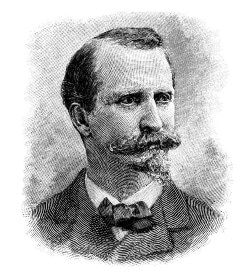
When Thomas Hopkins Gallaudet died in 1851, his youngest son Edward Miner Gallaudet continued his legacy in deaf education and became a key figure in the history of American Sign Language. Edward became a teacher at the American School for the Deaf in Hartford. Edward always wanted to establish a deaf college and in 1857, Edward was asked to be the superintendent of the Columbia Institution for the Deaf and Dumb and the Blind in Washington, D.C. Edward presented his idea for a deaf college to Congress and they passed legislation in 1864 permitting the Columbia Institute to issue college degrees.
In 1864 the Columbia Institute’s college division (the National Deaf-Mute College) opened. This was the first college for the deaf. In 1893 the college was renamed Gallaudet College to honor Thomas Hopkins Gallaudet. In 1986 the school was renamed Gallaudet University. Gallaudet University is known today for being the first and only deaf university in the world. And it’s in our very own Washington, D.C.! This even in the history of American Sign Language has had significant influence even today.
In 1960, William Stokoe, a scholar and hearing professor at Gallaudet University, published a dissertation that proved ASL is a genuine language with a unique syntax and grammar and changed the course of the history of sign language.
History of American Sign Language Articles Submitted By Students
The Beginnings of Deaf Education in America
by Joseph Evans | May 18, 2018
Alice Cogswell was born on August 31, 1805. At the age of two Alice came down with an illness which took her hearing and speech from her. Sources have called this illness cerebral spinal meningitis, spotted fever and scarlet fever.
As a result of her deafness and inability to speak, Alice did not interact with other children. This was curious to a man who had moved into the house next door to Alice in the year 1815. A man named Thomas Gallaudet. Gallaudet began using pictures and letters to communicate with Alice, drawing them with a stick in the dirt.
Her father, Dr. Mason Cogswell, one of the best known surgeons in the country at the time, knew Alice was very intelligent and could benefit from a formal education. However, there was no school for the deaf. At the time there was not even a standardized form of sign language in the United States.
Dr. Cogswell asked Gallaudet to go to Europe, to learn teaching methods for deaf students. Cogswell asked Gallaudet to study the methods of the Braidwood family in England. The Braidwoods had established a school for the deaf in 1783. The problem was, the Braidwood’s did not want to share their methods with Gallaudet, and Gallaudet was not keen on the oral methods used by the Braidwoods.
While still in Great Britain, Gallaudet met Abbé Roch-Ambroise Cucurron Sicard. The Abbé Sicard was the head of the Institution Nationale de Sourds-Muets à Paris (The National Institute for the Deaf and Mute of Paris). Sicard invited Gallaudet to Paris to learn the methods of teaching the deaf through manual communication. Gallaudet learned the teaching methods from Sicard and sign language from two of the schools graduates, Laurent Clerc and Jean Massieu.
Gallaudet then convinced Clerc to come to America. It was there that the two, along with Dr. Cogswell, raised the money and established the Connecticut Asylum for the Deaf and Dumb in Hartford Connecticut, now called the American School for the Deaf. It is the longest continually operating school for the deaf in the United States. It is also the first school for primary and secondary education to receive state aid, which it did in 1819. Two graduates of the school went on to found the Georgia School for the deaf in 1846, and the Iowa School for the Deaf in 1855.
The school honors both Gallaudet and Alice Cogswell with a statue at the entrance to the school.
This, however, is not the first school for the deaf in the US. In 1815, a member of the Braidwood family from England, John, and Col. William Bolling of Virginia, who had two deaf children of his own, established the Cobbs School of Virginia which used the oral method prefered by Braidwoods. The school, however was short lived, closing in the fall of 1816.
In 1864, the Postmaster General Amos Kendall donated two acres of land for the establishment of a school and housing for 12 deaf children. These children were declared wards of Kendall by the courts. This school was incorporated by congress in 1857 as the Columbia Institution for the Instruction of the Deaf, Dumb and Blind. The first superintendent of the school was Edward Gallaudet, son of Thomas Gallaudet. In 1864, the school began to confer college degrees as authorized by the US Congress.
In 1894 the name of the college portion of the school was changed to Gallaudet College in honor or Edward’s father. Gallaudet became a university in 1986. The campus is also home to an elementary school and secondary school. Gallaudet is the only liberal arts college for the deaf.
Resources:
- “Thomas Hopkins Gallaudet.” Wikipedia, The Free Encyclopedia. 23 Nov. 2017. https://en.wikipedia.org/wiki/Thomas_Hopkins_Gallaudet
- “Alice Cogswell.” Wikipedia, The Free Encyclopedia. History of American Sign Language. 7 Jan 2018. https://en.wikipedia.org/wiki/Alice_Cogswell
- “Mason Fitch Cogswell.” Wikipedia, The Free Encyclopedia. 21 Dec. 2017. https://en.wikipedia.org/wiki/Mason_Fitch_Cogswell
- “About Our School.” American School for the Deaf. (n.d). Web. 2 Feb. 2018. https://www.asd-1817.org/
- “Roch-Ambroise Cucurron Sicard.” Wikipedia, The Free Encyclopedia. History of American Sign Language. 24 Jan. 2018. https://en.wikipedia.org/wiki/Roch-Ambroise_Cucurron_Sicard
- “Oldest School fro the Deaf in the US.” Connecticut Museum Quest. 2 Feb. 2018. https://www.ctmq.org/oldest-school-etc-for-deaf-in-us/
- “History of Gallaudet.” Gallaudet University (n.d.). History of American Sign Language. 3 Feb 2018. https://www.gallaudet.edu/academic-catalog/about-gallaudet/history-of-gallaudet
- “History of Gallaudet. The First 100 Years.” 3 Feb 2018. https://www.gallaudet.edu/about/history-and-traditions/the-legacy-begins
History of American Sign Language and Deaf Education in America
by Sarah Tennyson | July 20, 2020
Between the years of 1550 and 1620 people were just coming to the understanding that an individual did not have to be hearing enable to learn. Abbe Roch-Ambroise Sucard founded the very first public deaf school in 1762 in Paris called Institut National des Jeune Sourds-Muets. This school was also the first to have its own new form of visual communication, we know as sign language (Saint Josephs, 2020).
In 1785 a boy was born in France named Laurent Clerc. When he was just a year old, he had a terrible fall and lost his hearing. Due to his accident he did not attend public school, instead he stayed at home with no education. When he turned 12 years old however he was enrolled in the Institut National des Jeune Sourds-Muets. He excelled at the school and was able to communicate even though he was deaf. Upon graduation, he was asked to stay and teach at the school. He became a professor to teach more deaf students how to communicate with one another (Gallaudet, 2020).
Meanwhile in America, a man named Mason Fitch Cogswell wanted to learn more about deaf education as he was concerned that there were no deaf schools for his deaf daughter, Alice, in America. His friend Thomas Hopkin Gallaudet wanted to help and was concerned as well, so in 1815 he travelled to Europe to learn how to teach deaf children. While in Europe he met Clerc who became his sign language teacher and mentor (Gallaudet, 2020). In 1816 they traveled back to America together and on their journey Clerc learned English and Gallaudet learned sign language. They desperately wanted to get deaf schools to America, for children such as Alice. They travelled around America spreading the importance and knowledge of deaf education and collected funds to open their very own deaf school in America (LCNDEC, 2015).
On April 15, 1817 their hard work and dreams came true and the first American deaf school opened. This was a significant event in the history of American Sign Language. It was called the Connecticut Asylum at Hartford for the Instruction of the Deaf and Dumb Persons, which later changed to a more acceptable name of The American School for the Deaf. Soon many students young and old enrolled in the school to learn sign language and get the schooling they missed out on because of their deafness. Once the students graduated, many went on to teach more children sign language across America (LCNDEC, 2015).
More deaf schools opened up all across America. In 1864, the Columbia Institution for the Deaf was opened, now called Gallaudet University. It was the first and only liberal arts college for the deaf in the world. Some people such as Alexander Graham Bell, supported the idea of deaf students learning to communicate orally, and in 1867 the Clarke School for the Deaf was opened as the first deaf oral school. Not everyone agreed with Bells idea of a deaf oral school, however they learned that most of the students who were hard of hearing excelled at the oral schools (ASD, n.d.).
With all the new deaf schools opening across America and the new knowledge deaf education, it changed a lot of views about of the deaf and hard of hearing. There was a strong belief that deaf children were just as capable as any hearing child and in 1975 the Education of All Handicapped Children Act was created. This act allowed all deaf and hard of hearing children to have equal rights and attend public schools (Saint Josephs, 2020). In 1990, the Individuals with Disabilities Education Act (IDEA) was created to replace the Education of All Handicapped Children Act which allowed all students with disabilities to have access to free appropriate public education fit for their individual needs (IDEA, 2020).
Technology has also been advancing over the years for the benefit of the deaf. The invention of the hearing aid, the first successful cochlear implant, closed captioning on films, personal amplifier devices, and so many more inventions have aided the deaf and hard of hearing community and allowing them to live their lives to the fullest. With the rate of our advances in technology in 2020, in the near future I see there being be even more advances for better deaf education.
Resources
- Saint Joseph’s University. (2020). Modern Teaching Techniques For Deaf And Hard Of Hearing Students. Retrieved July 31, 2020, from https://online.sju.edu/graduate/masters-special-education/resources/articles/modern-teaching-techniques-for-deaf-students
- Laurent Clerc National Deaf Education Center. (2015). 200 Years of Deaf Education in America. History of American Sign Language. Retrieved July 31, 2020, from https://www3.gallaudet.edu/clerc-center/info-to-go/deaf-education/200-years-of-deaf-education.html
- Gallaudet University. (2020). Laurent Clerc. Retrieved July 31, 2020, from https://www.gallaudet.edu/tutorial-and-instructional-programs/english-center/reading-english-as-second-language/practice-exercises/laurent-clerc
- American School for the Deaf. (n.d.). History & Cogswell Heritage House. Retrieved July 31, 2020, from https://www.asd-1817.org/about/history–cogswell-heritage-house
- Individuals With Disabilities Education Act. (2020). History of the IDEA. History of American Sign Language. Retrieved July 31, 2020, from https://sites.ed.gov/idea/about-idea/#IDEA-History
Sign Language and Deaf Education
by Joseph Katz | 22 September 2019
Though we often take it for granted that deaf individuals are allowed to learn in schools that use sign language, this acceptance of signed language is a relatively new phenomenon. For the majority of the twentieth century, sign language was prohibited in deaf schools, because a signed education was believed to prevent students from gaining “a more perfect knowledge of language” and being “restor[ed] to society” (Moores 1). These beliefs, which are now widely acknowledged to be false, were propagated by those who were a part of the oralist movement in the late 19th century and solidified in what was perhaps the most influential event in deaf history, the Second International Congress on Education of the Deaf.
The roots of the oralist movement lay in the development of “visual speech”, a program which used symbols to convey spoken language to those who would never be able to hear. The program was created by the father of the famed inventor Alexander Graham Bell, Mellville Bell, and the father-son duo began spreading the program throughout the United States and Europe in the 1840s. As their ideas gained traction, visual speech evolved into the philosophy of Oralism whereby deaf students should be exclusively taught using the spoken word. With newfound wealth, connections, and influence gained from his lucrative inventing career, Bell was able to promote Oralism on a large scale.
This rise of Oralism in the 19th century culminated in the Second International Congress on Education of the Deaf held in Milan in the year 1880. Though the Milan Convention was supposed to be an international meeting where differing opinions regarding deaf education could be heard, the convention failed on both counts. More than the majority of delegates were Italian and the combined delegates from the two countries of France and Italy made up ⅞ of the delegation, while the United States, whose population of deaf students was larger than the rest of the other countries represented combined, was allowed only five out of the 164 delegates. More importantly, supporters of signed education were grossly underrepresented, with less than ten non-oralists present and hardly any time allotted for these speakers. Within this environment, the convention generated eight resolutions, the first two of which decreed that speech should be used exclusively in educating deaf students. This judgement would stand for an entire century being overturned at the Fifteenth International Congress.
During this century of intolerance for sign language, the deaf community had to adopt many different strategies to adapt. Many deaf students continued to use signs to communicate with their peers despite the threat of punishment from school officials and others. Throughout this period, the majority of deaf students maintained a basic familiarity with sign language but were not given the in-depth instruction that would become more widely available later. Though many deaf students were left deprived, the efforts of Edward Gallaudet, the most influential advocate for sign language present at the Milan Conference, helped ensure that many American students would not be subject to the same fate. Not only did his work allow many high-school students to sign in school, he also managed the famous Gallaudet College (today known as Gallaudet University), the only university that specifically served deaf needs. Within Gallaudet’s, the rich tradition of sign language would be preserved and even continue to flourish until the world at large was ready to accept the deaf community.
Works Cited
- Berke, Jamie. “The Milan Conference of 1880: When Sign Language Was Almost Destroyed.” History of American Sign Language. Verywell Health, Verywell Health, 29 Apr. 2019, www.verywellhealth.com/deaf-history-milan-1880-1046547.
- Collazo, Victor. “ICYMI: A History of Deaf Education and ASL in the US.” ICYMI: History of American Sign Language in the US, 26 Mar. 2019, blog.cyracom.com/icymi-deaf-education-a-history-of-american-sign-language-in-the-united-states.
- Gallaudet, Edward. The Milan Convention. saveourdeafschools.org/edward_miner_gallaudet_the_milan_convention.pdf.
- Moores, Donald F.”Partners in Progress: The 21st International Congress on Education of the Deaf and the Repudiation of the 1880 Congress of Milan.” History of American Sign Language. American Annals of the Deaf, vol. 155 no. 3, 2010, pp. 309-310. Project MUSE, doi:10.1353/aad.2010.0016
Start Learning ASL Today!
 Ready to start learning real American Sign Language and not just basic signs? Do you want to be a part of the vibrant Deaf community? Check out our Free ASL 1 Course or our Complete 4-Level ASL Course options and start learning ASL today!
Ready to start learning real American Sign Language and not just basic signs? Do you want to be a part of the vibrant Deaf community? Check out our Free ASL 1 Course or our Complete 4-Level ASL Course options and start learning ASL today!









27 Responses
This was absolutely great! loved the student articles. This was very helpful with a timeline of people and institutions. i am taking an ASL 2 class. our instructor wanted us to find facts and information and bring them to class to share. anxious to see what others found. hopefully I have some insight that is new. overall helped me understand the foundation of this language.
i wished this talked about why is signing so difficult!
Achievement isn’t to surrender after a couple of disappointments. – Warren Buffett강남셔츠룸
like who is writing this poopy stuff
I have worked with the deaf population and I have a B.A. Degree in Rehabilitation for the deaf. I write short stories for children (elementary level). I would like to know where can I get written permission to include The American Sign Language Alphabet Chart(s) in my children’s story books from here on out as needed?
shit is trash
real
i know
I calling 12 gang. Ima say it straight get off this website foo
I loved this site it helped me with my social studies fair.
This site was so helpful for my six paragraph essay for school. If I have used a different site, I wouldn’t have had so much information!
discuss the meaning, importance and factors of Bilingual/Bicultural education and the paradigm clearly
this is the worst sorce dont us it dose npe help I gotted selected for plagerism by my mommy wh is also my teacher dad tld me i was grounded for eva I also 7
So sorry about this my daughter got on my computer again and I cannot figure out how to delete it.
Im so disappointed why would you comment this when im trying to help my five year old son learn the history of sign language. I scroll down to see this comment im going to be contacting my local police station about this. I hope this comment gets taken down and you lose your technology privileges. I am so disgusted with this comment please get help
– Laura Ackles
MOM GET OFF MY COMPUTER!!!!
That is so rude I cannot believe that someone would say that on here.
I agree. I mean, who contacts a police because of one rude comment a 7 year old made???
yo this is Cj from san andreas
Is this article peer reviewed? I need to know for a school paper.
This cite is very helpful it helped me for my school project on the history of deaf education. I hope everyone else can find what they need on this website.
En novembre 2017 il a été diplômé Akashic- Record-Teacher (certifié par Gabrielle Orr®,
USA).
when was this published? I need the information for a project
Hi Kadie! Send us a support ticket and we can help you with that; https://www.startasl.com/contact-us/
me too
where did you find the references for this article? I need this for a project.
“Thomas Hopkins Gallaudet.” Wikipedia, The Free Encyclopedia. 23 Nov. 2017. https://en.wikipedia.org/wiki/Thomas_Hopkins_Gallaudet
“Alice Cogswell.” Wikipedia, The Free Encyclopedia. 7 Jan 2018. https://en.wikipedia.org/wiki/Alice_Cogswell
“Mason Fitch Cogswell.” Wikipedia, The Free Encyclopedia. 21 Dec. 2017. https://en.wikipedia.org/wiki/Mason_Fitch_Cogswell
“About Our School.” American School for the Deaf. (n.d). Web. 2 Feb. 2018. https://www.asd-1817.org/
“Roch-Ambroise Cucurron Sicard.” Wikipedia, The Free Encyclopedia. 24 Jan. 2018. https://en.wikipedia.org/wiki/Roch-Ambroise_Cucurron_Sicard
“Oldest School fro the Deaf in the US.” Connecticut Museum Quest. 2 Feb. 2018. https://www.ctmq.org/oldest-school-etc-for-deaf-in-us/
“History of Gallaudet.” Gallaudet University (n.d.). 3 Feb 2018. https://www.gallaudet.edu/academic-catalog/about-gallaudet/history-of-gallaudet
“History of Gallaudet. The First 100 Years.” 3 Feb 2018. https://www.gallaudet.edu/about/history-and-traditions/the-legacy-begins